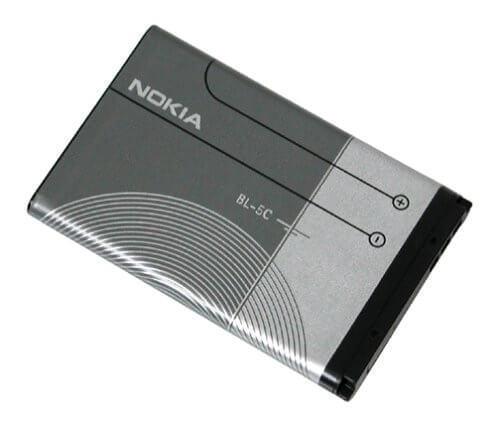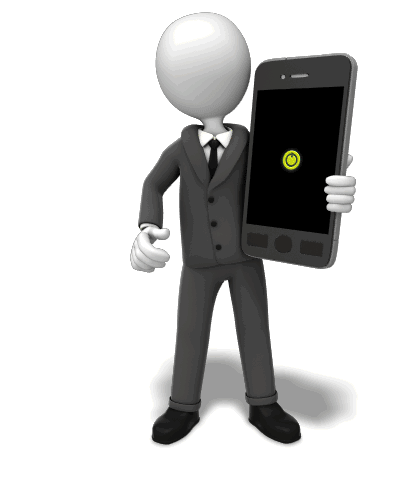554
Advantageous use of batteries from the old smartphone
Researchers from Kyung Hee University in Seoul proposed a model for processing used in smartphones lithium-ion batteries in solar energy systems.
Average life of the smartphone is three years, and a lithium-ion battery - about five years. The proposed model for the utilization of unspent lithium-ion batteries is to use energy for the LED lamps with solar batteries and consists of five main stages, including battery collection, testing and selection of suitable, processing, commercialization and installation.
According to scientists, the proposed system can be effective in rural areas, where the home lighting system, it will reduce costs and improve security.

Standard Li-Ion 1000 mAh smartphone battery can power an LED lamp 1 watt three hours. When connected to a small solar panel, the system works for about three years.

In the study, researchers less than $ 25, designed a complete system (12 volts), which includes three batteries of 3100 mAh capacity mobile phone each, LED lamp 5 W and a small solar panel. The system illuminates the room for about five hours every day and can operate for about three years without any maintenance.
The scientists plan to launch the first pilot projects in Senegal and several African countries over the next year.

Average life of the smartphone is three years, and a lithium-ion battery - about five years. The proposed model for the utilization of unspent lithium-ion batteries is to use energy for the LED lamps with solar batteries and consists of five main stages, including battery collection, testing and selection of suitable, processing, commercialization and installation.
According to scientists, the proposed system can be effective in rural areas, where the home lighting system, it will reduce costs and improve security.

Standard Li-Ion 1000 mAh smartphone battery can power an LED lamp 1 watt three hours. When connected to a small solar panel, the system works for about three years.

In the study, researchers less than $ 25, designed a complete system (12 volts), which includes three batteries of 3100 mAh capacity mobile phone each, LED lamp 5 W and a small solar panel. The system illuminates the room for about five hours every day and can operate for about three years without any maintenance.
The scientists plan to launch the first pilot projects in Senegal and several African countries over the next year.

Cut the Gordian knot of problems with sleep, from dopamine to leptin
10 healthy foods that can be prepared in 10 minutes
























